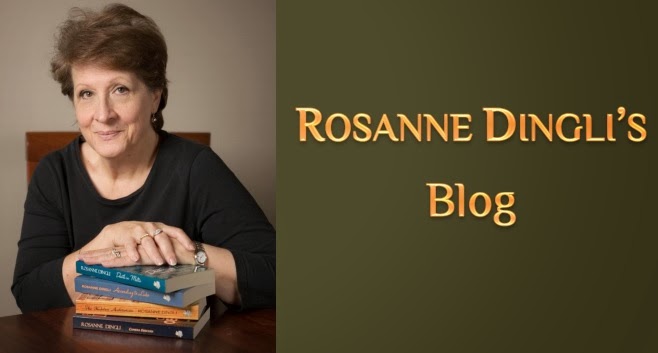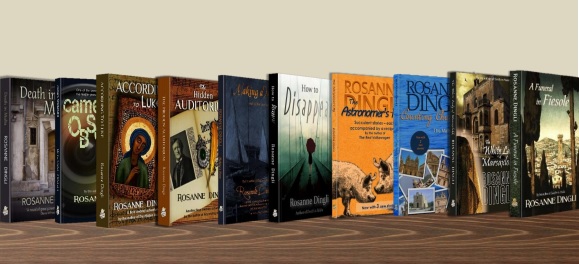 Image via Wikipedia
Image via Wikipedia
This might seem like a no-brainer to a lot of people. Still, it cannot be denied that a lot of our interaction has moved online, most of our business is done on a computer, and
financial transactions... is there any other way but the internet?
It's all too easy. The whole world would rather do their banking in pyjamas, sitting in a comfortable chair at any time at all, including the wee small hours. Keeping in touch with global friends? Not a problem - it's live, it's casual and it's almost free. Stocking up with supplies, getting the latest appliances, and holiday gift-buying are also easiest done at home on the desktop or notebook.
All this comfort and convenience, however, means we are all getting rectangular eyes and mouse hands. Okay - hands up those who haven't had wrist or elbow problems recently! Back and bum a bit stiff or sore? Hmm ... perhaps we all need one day a week away from the mouse-and-monitor trap. It's not only necessary, but liberating and healthy.
You need a computer-free day because this thing is threatening to take over your life, and yes - you feel guilty sometimes that a few of the ordinary tasks are left undone, and some are not done justice. People are getting less of your time, and you also need some pampering and rest.
How can it be done? Easy: all you need is a desk diary, which I know many of you have already, and a coloured pencil in a shade of your choice. Mine is a kind of browny-maroon. You can have bright pink or even green. Live dangerously.
Now you start to make decisions: is your computer-free day going to be the same day each week, are you going to favour the weekend, or are you going to stagger this liberating day? Tuesday one week, Friday the next? It's important to decide ahead, because various things need scheduling: there's bill-paying, draft writing,
eBook formatting, database classifying, spreadsheet spreading (well, what DO you do with
spreadsheets?) and all the other tasks you simply cannot do without your computer. They are all tasks you are going to schedule around your FREE day. That day must be conspicuously marked in your diary: I use a diagonal line in my maroony colour right through the page.
You can choose your way: shade the entire page, mark vertical lines through it, or a series of wavy horizontal waves to signal the day. That means: do not schedule any
computer tasks there: other stuff is great: exercise,
reading (from a real book), writing (with a pen), talking, catching up with friends, walking your pets, and aha! yes - some housework or gardening.
It's amazing how good a day spent cleaning a bathroom, clearing out a pantry or weeding a garden bed can feel. Your brain only feels it after a few hours. It fires up, and fills your whole being with rest and zest.
At first you will dread the day: it approaches on your diary, and you wonder whether you will be able to resist taking a peek at your emails, or just visiting your social sites. Just a peek. Don't worry if you feel resistance is futile: you will eventually start to look forward to the day, simply because
you get so much done!
Those wavy lines or shading in coloured pencil inside your desk diary will take on great significance. You will list in pen all the things you can do, and the scheduled computer tasks on the other pages will become more rational and organised as a result.
Wow - why didn't you think of this before?


















